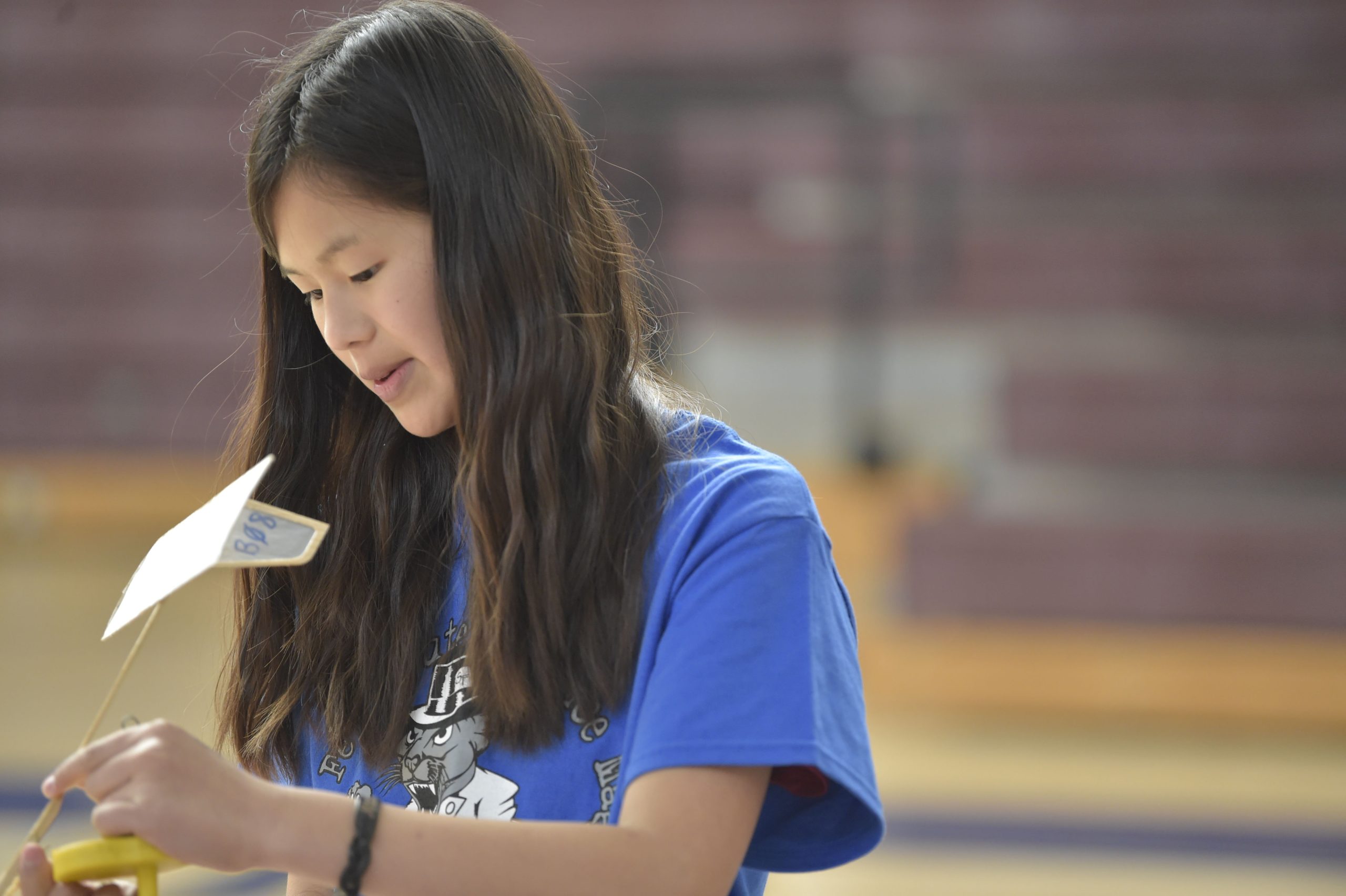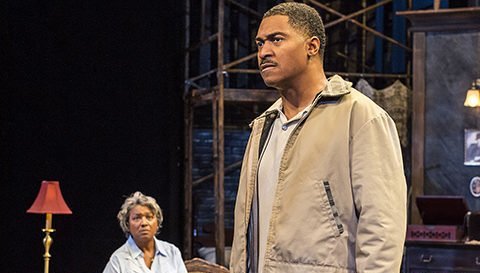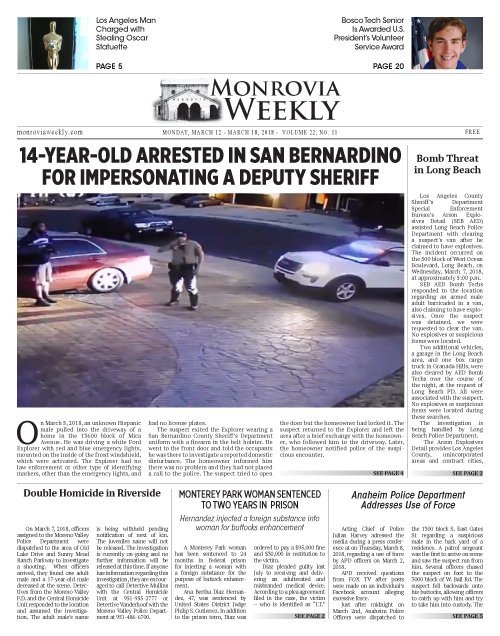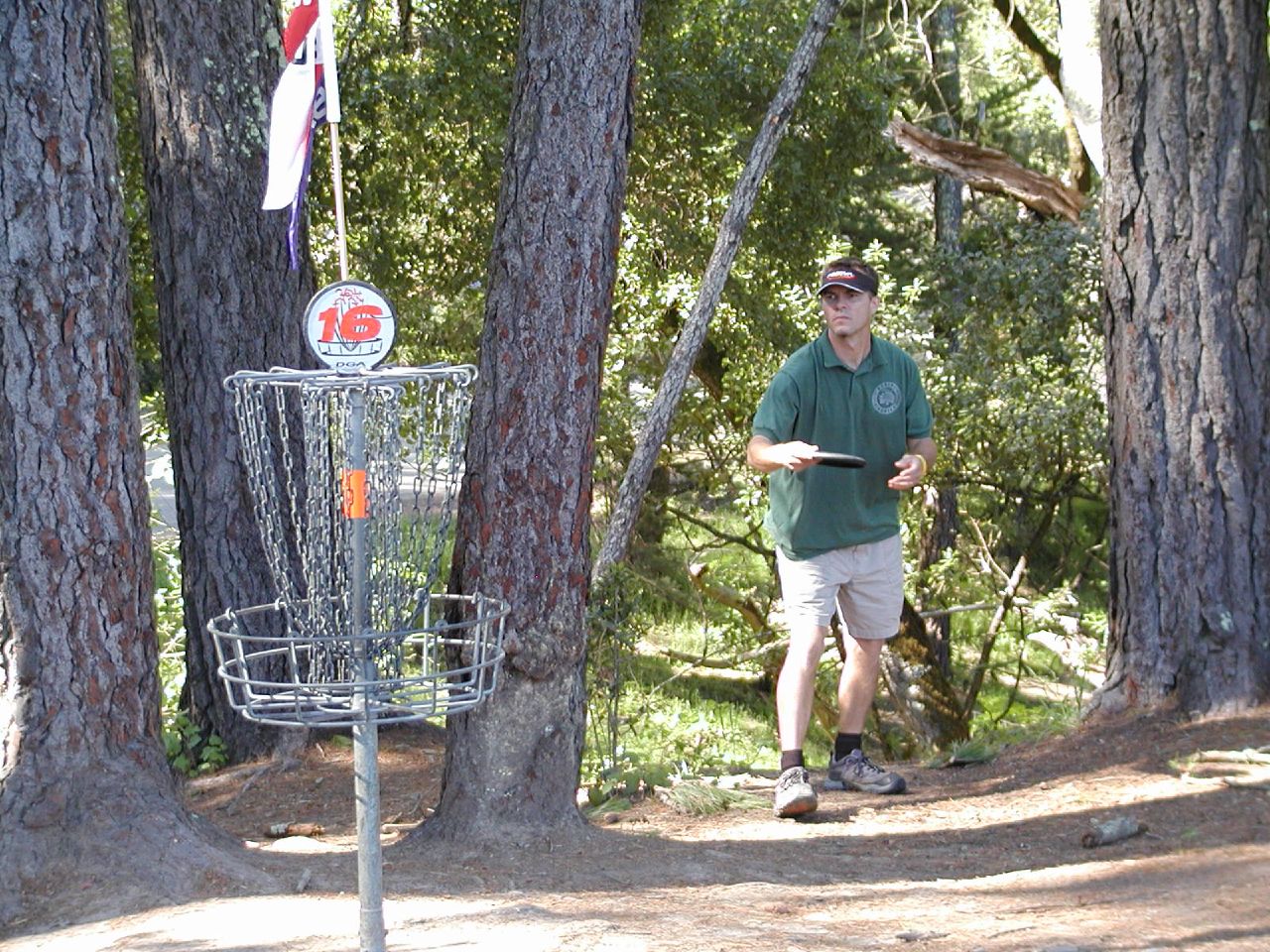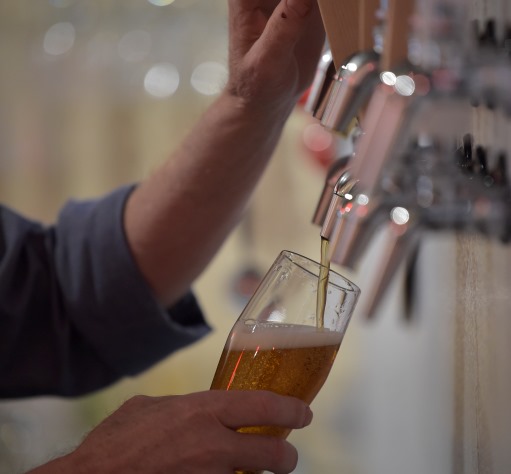
By Staff Writer
It was a cold and rainy day in Southern California, but that did not dampen the spirit of the Science Olympiad team from Santa Fe Computer Science Magnet who participated in 32nd Annual Los Angeles County Science Olympiad at Rio Hondo College on Saturday, March 3rd. Santa Fe has been participating in this annual regional tournament for at least a decade and this year saw the team ranked 18th overall out of 40 competing schools.
While Saturday’s rain certainly added some logistical challenges for the team, the students, along with their head coach Mrs. Roxana Yanko (8th grade science teacher at Santa Fe), worked together to meet those challenges head-on allowing the team to score their highest marks in events with names like “Write It Do It”, “Wright Stuff”, “Fast Facts”, “Ecology”, “Thermodynamics”, “Roller Coaster”, and “Battery Buggy”.
Prior to Saturday’s regional tournament, Santa Fe’s team participated in one local invitational competition in January to allow students to practice and get a taste of what the tournament day would be like.
A Science Olympiad Tournament is akin to an academic track meet and competition is fierce among the participating schools. The Science Olympiad itself is an international, non-profit organization devoted to improving the quality of science education, increasing student interest in science and providing recognition for outstanding achievement in science education by both students and teachers. The Science Olympiad tournaments are rigorous, academic, interscholastic competitions where a team of 15 students competes in 23 events throughout the day.
Tournament events span disciplines of Life & Social science, Earth & Space science, Chemistry & Physics, and Technology & Engineering. Tournament events have names like — Disease Detectives (epidemiology), Potions and Poisons (toxicology), Microbe Mission (microbiology), Road Scholar (geography & cartography), Tower (structural engineering), and Experimental Design (design and perform an experiment within a time limit).
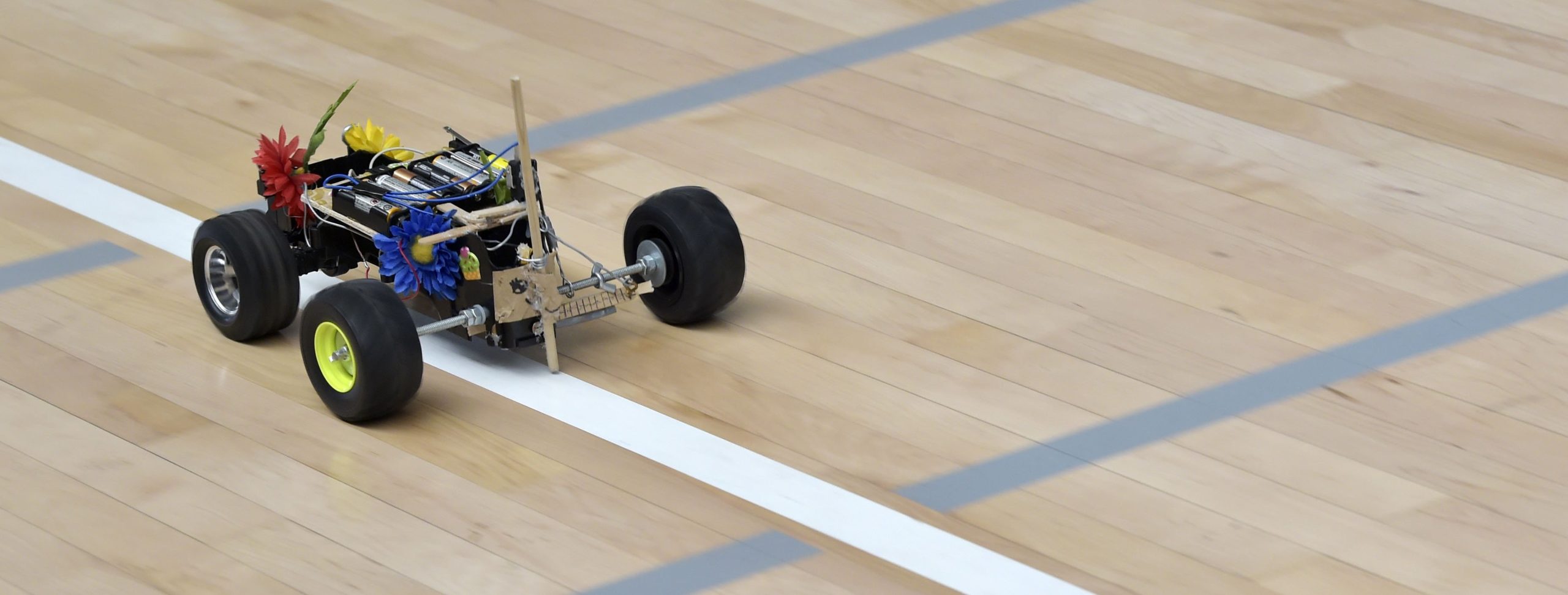
Several events require students to plan and build devices, structures, or small vehicles to demonstrate, or even to be used in conjunction with a written test or to complete a laboratory procedure during the event. These events are where things get very hands on as students learn about using hand tools, and tool safety, as they work on designing and building their projects from the ground up.
Many of the lab and demo events have variables that are unknown prior to devices being impounded, so it’s imperative that students have practiced with their devices and gathered data on their projects in order to use them effectively in competition.
On deck this year was a bit of electrical engineering know-how as two events, Battery Buggy and Hovercraft, required students to understand and build basic electrical circuits, including learning how to solder circuit components together in order to get their vehicles working. The buggy is a battery powered car that would travel forward quickly, and automatically stop itself as close to a previously unknown target distance as possible. The hovercraft similarly required building a battery powered hovercraft that would levitate and travel a set distance forward, as close as possible to a previously unknown time target.
An event aptly named “Mystery Architecture” had students presented with a previously unknown set of materials (ie: straws, cups, paper, etc), and asked to build some type of structure (ie: bridge, tower, etc) that would meet a set of defined build specifications within a time limit with some dimension or capacity (ie: height, span, load carried) being used to determine the winning structure. A difficult event to practice for, but absolutely requires participants to comprehend the specifications and think on their feet to improvise a way to achieve the build goal quickly.
A real world example of Technical writing and communication is evidenced in the event named Write It Do It. For this event, one student must enter a room, look at an object that has been constructed from many random objects, and write a description of it within 20 minutes which will then be given to a teammate. The teammate, who has not seen the assembled object, then has 20 minutes to build the object from the raw materials based solely on their teammate’s written description.
Science Olympiad, and the months of preparation that leads up to the tournament, requires students to learn much more than just book smarts, lab skills, and how things work. They also learn about collecting data, organizing notes, time management, logistics, and working together as a team.
Santa Fe’s student team members work not only with each other and their head coach Mrs. Yanko, but also coaches from the local community that volunteer their time to come to the school and help students with their events. This year Ronnie Sarmiento (Boeing), Gary Jordan (retired Santa Fe science teacher) and Jim Yanko participated as volunteer coaches to help out.

